Leveraging Legal Tech: Streamlining In-House Legal Workloads
29 Feb, 20245 minutes
In today's fast-paced legal landscape, in-house legal teams face countless challenges ranging from managing contracts and compliance to handling litigation and intellectual property matters. With mounting pressures to deliver results efficiently and cost-effectively, the adoption of legal technology, or "Legal Tech," has become increasingly essential.
Legal Tech offers advanced document management systems equipped with automation capabilities. These systems enable in-house legal teams to efficiently draft, review, and manage contracts, reducing manual errors and saving valuable time. Implementing CLM solutions helps in-house legal teams streamline the entire contract lifecycle, from creation and negotiation to renewal and expiration. CLM software provides centralised repositories for contracts, facilitates collaboration among team members, and automates tasks such as contract generation and tracking deadlines.
Legal Tech solutions also include compliance management tools that assist in-house legal teams in staying abreast of regulatory changes, managing compliance workflows, and generating comprehensive reports. These tools help mitigate compliance risks and ensure adherence to relevant laws and regulations.
Additionally, Legal Tech offers e-discovery and litigation support tools that streamline the process of collecting, reviewing, and producing electronic documents and data during legal proceedings. These tools enhance the efficiency of case management and reduce the time and costs associated with litigation.
In-house legal teams can also utilise IP management software to efficiently manage trademarks, patents, copyrights, and trade secrets. These tools provide centralised databases for IP assets, automate renewal processes, and facilitate portfolio management.
While Legal Tech presents numerous benefits, its adoption may also pose certain challenges for in-house legal teams:
Integration Complexity: Integrating Legal Tech solutions with existing systems and workflows can be complex and time-consuming. Incompatibility issues may arise, requiring customisation and technical expertise to overcome.
Data Security Concerns: Legal Tech involves the processing and storage of sensitive legal information, raising concerns about data security and confidentiality. In-house legal teams must ensure that chosen solutions adhere to robust security standards and compliance requirements.
User Adoption and Training: Resistance to change and lack of user adoption are common barriers to the successful implementation of Legal Tech. In-house legal teams need to provide comprehensive training and support to ensure that team members are proficient in using new technologies effectively.
Cost Considerations: While Legal Tech offers long-term cost savings, initial investment costs can be significant. In-house legal teams must carefully evaluate the return on investment and consider factors such as licensing fees, implementation costs, and ongoing maintenance expenses.
Managing Legal Tech Issues
To effectively manage the issues associated with Legal Tech adoption, in-house legal teams can take the following steps:
Thorough Vendor Evaluation: Conduct comprehensive due diligence when selecting Legal Tech vendors. Evaluate factors such as reputation, reliability, security measures, scalability, and customer support.
Data Security Measures: Implement robust data security measures, including encryption, access controls, regular audits, and compliance with data protection regulations such as GDPR and CCPA.
Change Management Strategies: Develop change management strategies to facilitate smooth adoption of Legal Tech solutions. Communicate the benefits of technology adoption, address concerns, and provide ongoing training and support to users.
Cost-Benefit Analysis: Conduct a thorough cost-benefit analysis to assess the potential impact of Legal Tech adoption on the organisation's bottom line. Consider both short-term costs and long-term benefits when making investment decisions.
In conclusion, Legal Tech offers immense potential for in-house legal teams to streamline their workload, increase efficiencies, and deliver value to their organisations. By addressing potential issues proactively and implementing best practices for managing Legal Tech adoption, in-house legal teams can leverage technology to navigate the complexities of modern legal practice successfully.



